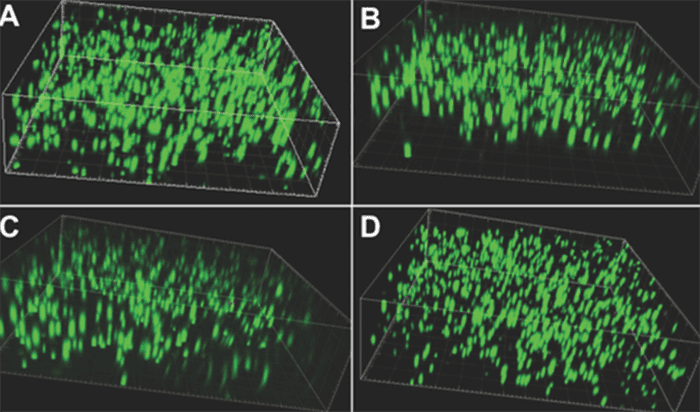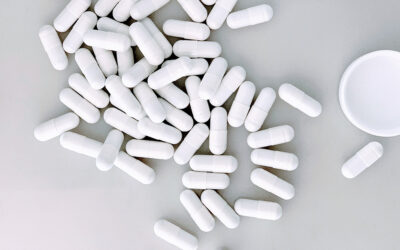In an article recently featured in Advanced Healthcare Materials, Chen et al. report the first example of a hydrogel for wound healing with both rapid self-healing ability and high mechanical strength. The nontoxic hydrogel can be injected through a 20 gauge needle without clogging and acts as an effective hemostatic material. The hydrogel reduced blood loss from an incision from 0.65 g to 0.29 g; compared to a gauze treatment with applied compression, the hemostasis time is decreased from 167 s to 120 s.

The authors used carboxymethyl chitosan (CMC), a water-soluble chitosan derivative, cross-linked by four-arm telechelic poly(ethylene glycol) (PEG) terminated by benzaldehyde to form their hydrogel (CMC/PEG-BA). The materials were selected based on their biocompatibility, and branched PEG in particular is known to impart mechanical strength to hydrogels. The self-healing property arises from the existence of reversible imine bonds between the amine groups on the CMC backbone and the aldehyde groups of the PEG chains. At physiological temperature (37 °C), the hydrogel attained a self-healing efficiency as high as 94 ± 9.8% after 12 hours.
Self-healing or “smart” hydrogels have the ability to recover their structural integrity and original properties after disruption of the polymer network. This has allowed them to be used in such applications as extracellular matrix mimics for 3D cell encapsulation and transplantation, wherein cellular activity results in damage to the hydrogel. Self-healing efficiency is usually achieved at the expense of mechanical strength, which originates from strong cross-linking interactions that slow down the hydrogel recovery process. This new material introduced by Chen and co-workers combines both assets and demonstrates the potential for injection into a trauma or surgical site to stop bleeding.

















